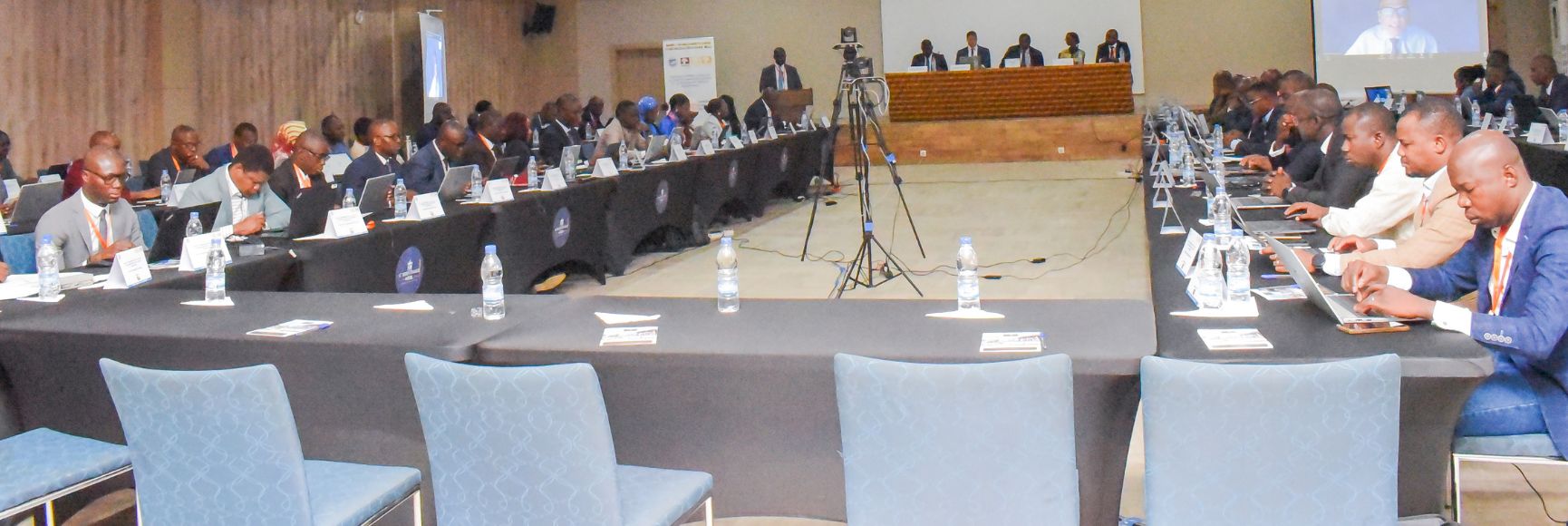The New Public Management movement of the last decades has led to governments worldwide adopting accrual accounting and reporting (AAR). According to a joint study, conducted in 2021 by the International Federation of Accountants and the Chartered Institute of Public Finance and Accountancy, more than 120 countries will be adopting some elements of AAR by 2030. This shift towards AAR from simple cash accounting is expected to provide greater transparency and improved decision-making by providing a more comprehensive picture of public finances.
However, countries’ experiences show that this shift has not been without challenges. Despite offering benefits, the technical complexities of AAR have made it difficult for key users such as politicians, public administrators, the media, and citizens to fully comprehend and apply the information generated. The gap between the ‘supply’ of detailed financial information and the ‘demand’ for easily understandable and useable information for decision-making and accountability is further widened.
A recent study, titled “Attempts at Making Public Sector Accrual Accounting and Reporting Useful and Useable: The Preparers’ Perspective,” provides insights into this critical issue by demonstrating how AAR preparers in member countries of the Organisation for Economic Co-operation and Development (OECD) confront these challenges. By analysing data from OECD Senior Budget Officials Network meetings and publicly available documents on AAR between 2008 and 2021, the study brings out some of the innovative approaches used by public sector accountants as ‘preparers’ to make AAR more useful and usable in their specific contexts.
The Preparers’ Perspective: Challenges and Solutions
The study suggests that preparers must balance AAR requirements and standards with local contextual specificities and the diverse information needs of various user groups. Some key challenges facing the preparers are identified, which include, amongst others:
• Understanding Accounting Concepts: Many accrual concepts, such as fair value, depreciation or the meaning of net assets/equity for central government, can be ambiguous for users, leading to concerns about their misinterpretation.
• Multiple Reporting Requirements: Multiple sets of accounts and reporting (e.g., accrual consolidated statements and statistical reports) can confuse users about which information to use and for what purpose.
• Misinterpretation by the Media: Media reporting, which often oversimplifies or misrepresents AAR information by focusing on aspects like ‘surplus’ rather than the full balance sheet, can undermine the efforts to explain the importance of AAR to users.
• User Capacity and Information Overload: An overflow of technical information beyond users’ processing capacity can erode their interest and force them to slow down the absorption of information.
• Limited Interest and Impact: Financial statements can have a limited interest, as compared to budgetary information, and this results in a restricted impact of AAR on fiscal policy decisions.
Despite these challenges, preparers, mainly in countries that are more advanced in AAR adoption, have undertaken several initiatives to make the AAR useful and useable:
• Simplification and Clarity: Preparers are attempting to lessen information burden by simplifying financial statements, accounting notes, and overall reporting practices. This includes providing shorter statements and improving the presentation of information for clarity.
• Tailored Communication: Recognizing that users prefer timely, simple, and accessible information, preparers are offering alternatives such as dedicated webpages and short, illustrative brochures explaining key financial information, for example, ‘citizens’ guides’ as a form of ‘popular reporting’.
• Narrative and Visual Enhancements: To make concepts easier to understand, preparers are incorporating narrative statements, cross-referencing key information, and using more graphical illustrations in reports.
• User Engagement and Feedback: Advanced preparers of AAR are adopting a more holistic approach, actively engaging with user groups and seeking their feedback during the preparation of financial statements, as part of identifying good accounting practices. The importance of the communicative dimension of AAR reforms is particularly emphasised.
Implications for Global Financial Management
Despite the widespread dissemination and adoption of AAR reforms, the study demonstrates how local contexts and the practical experiences of preparers in addressing user needs result in a diversity in their implementation. This makes the full harmonization of AAR a more elusive goal. In so doing, the study underscores the decisive role of preparers, which is often overlooked, in shaping the successful adoption and utilization of AAR. Preparers’ voices should be heard, and for this, they need to be equipped with the tools and competence that enable them to effectively communicate financial information and the importance of AAR reforms to diverse users. Paying more attention to user-centric approaches, simplification of AAR information, and continuous learning within national and international contexts could be central to unlocking the full potential of AAR and improving public financial management worldwide.
The research has been published in the renowned academic journal International Review of Administrative Sciences and is available open access at https://journals.sagepub.com/doi/full/10.1177/00208523251355761.




